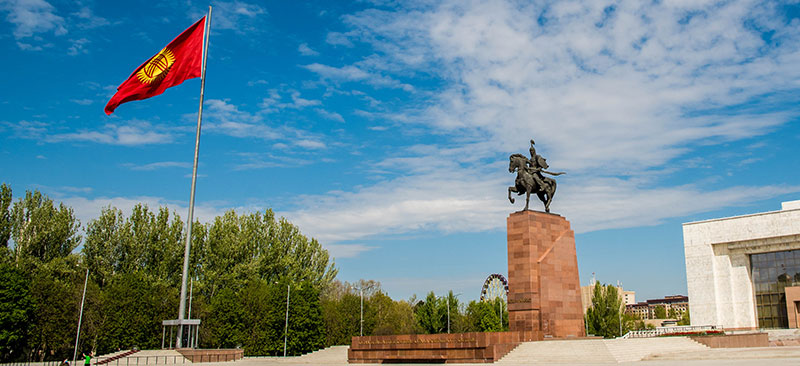The epic of “Manas” is the golden treasury of popular thought and reflected more than 3000 years of experience in the history and spiritual life of the Kyrgyz. By genre signs, the epic “Manas” should be attributed to heroic epics. However, in terms of the scope of events, the volume of the narrative, it goes far beyond the traditional genre framework. The content of “Manas” is much larger and deeper than ordinary songs about the exploits of folk heroes. A significant place in the epic is occupied by scenes of military clashes. This is a confrontation with the invasion of external enemies; quarrels with neighboring tribes and peoples over territories that sometimes develop into bloody battles; the struggle for the return of their native lands and independence; external military campaigns of the Kyrgyz in order to forestall the threat of military invasion; military assistance to friendly tribes and neighboring peoples in their struggle against a common external enemy.

The “Manas” especially emphasizes the heroic qualities of the heroes, assesses their military skill and valor. Participation in military campaigns, protecting one’s people from enemies was, according to the epic, the fulfillment of the duty of every man. But the role of women was not limited only to housekeeping, women more than once took a direct part in the battles, rendered assistance to the heroes, and in difficult times supported them with their advice and instructions.
The epic content also included real multifaceted events of the peaceful life of the people, which received a special artistic reflection. The image of peaceful life contains a description of almost all folk customs and traditions, ranging from housing, cooking, clothing, military equipment, livestock care, family and public holidays, and ending with funeral lamentations and funeral customs. These scenes organically woven into the plot of the epic, have their own artistic logic and aesthetics.
The information contained in Manas makes it possible to clearly see the dialectics of the national spirit, the specific historical conditions for the formation of various popular ideas about friendship and kinship, relations with enemies, military valor and courage, duty and honor. All this is invaluable for restoring the history of the people, their philosophy and worldview.

The central core of the plot is the epic biography of Manas. All plotlines are built around it, which have absorbed the artistic experience of various historical periods, from the ancient stage of myth-making to the historical legends of the 18th-19th centuries. Currently, science knows 35 recorded versions of the epic “Manas”. Their total volume exceeds one million poetic lines. Special merit in the preservation and transfer of this spiritual heritage belongs to the storytellers of the epos – manaschy. In the work of manaschy traditionalism and improvisation combined. They conveyed to the audience in an updated form a huge layer of folk memory, its history and spiritual experience in exploring the world. The performance of “Manas” from beginning to end was practically impossible for one storyteller. Therefore, as a rule, the epic transmitted in separate large narrative blocks, covering the main events of the epic. The significance of Manas for the modern history of Kyrgyzstan is due to the fact that the people see it as the source of the revival of the ideological support of society. The most important universal and national values were formulated in the form of the seven Testaments of Manas.
